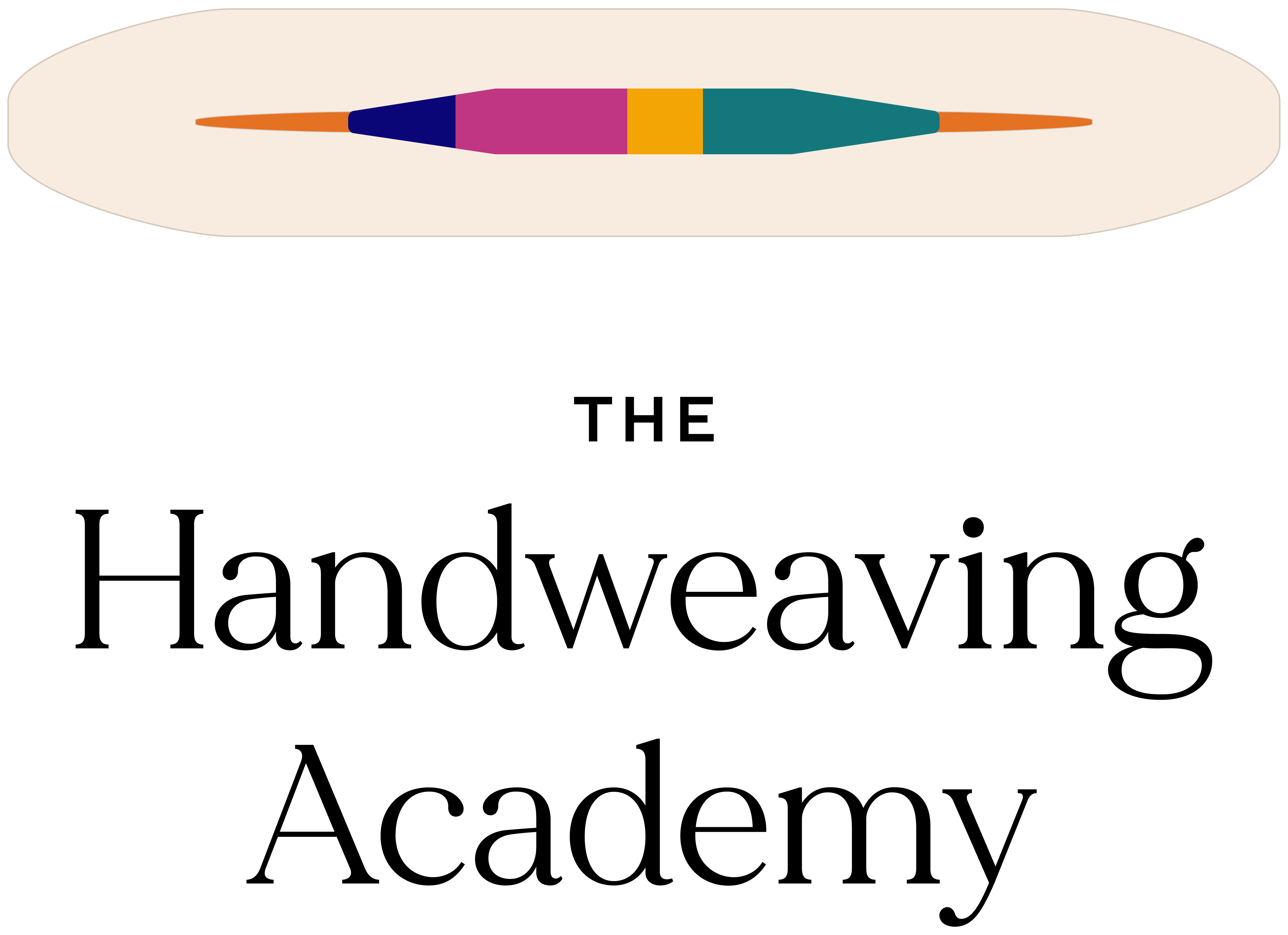Shadow weave isn’t a structure, it’s a color-and-weave effect. You can think of it like log cabin for twill instead of plain weave, but its structure is actually much closer to plain weave than twill. This makes it an ideal choice for soft, luxurious, chenille fabrics, since the yarn is less likely to worm in a structure with a lot of interlacement.
In this mini course you’ll learn how to create your own original shadow weave draft in just a few minutes by starting with a twill threading and following six quick and easy steps. (Okay, one is slightly fiddly, but the others make up for it by being super easy.)
We’ll begin with the little twill threading on the left and wind up with the shadow weave draft on the right…



…but you can follow the steps using any twill threading you like!
For a second example of the process, the video demo at the end of the course takes you through the same steps with a different twill draft. You can refer to it at any time to see each of the steps happen in real time.



